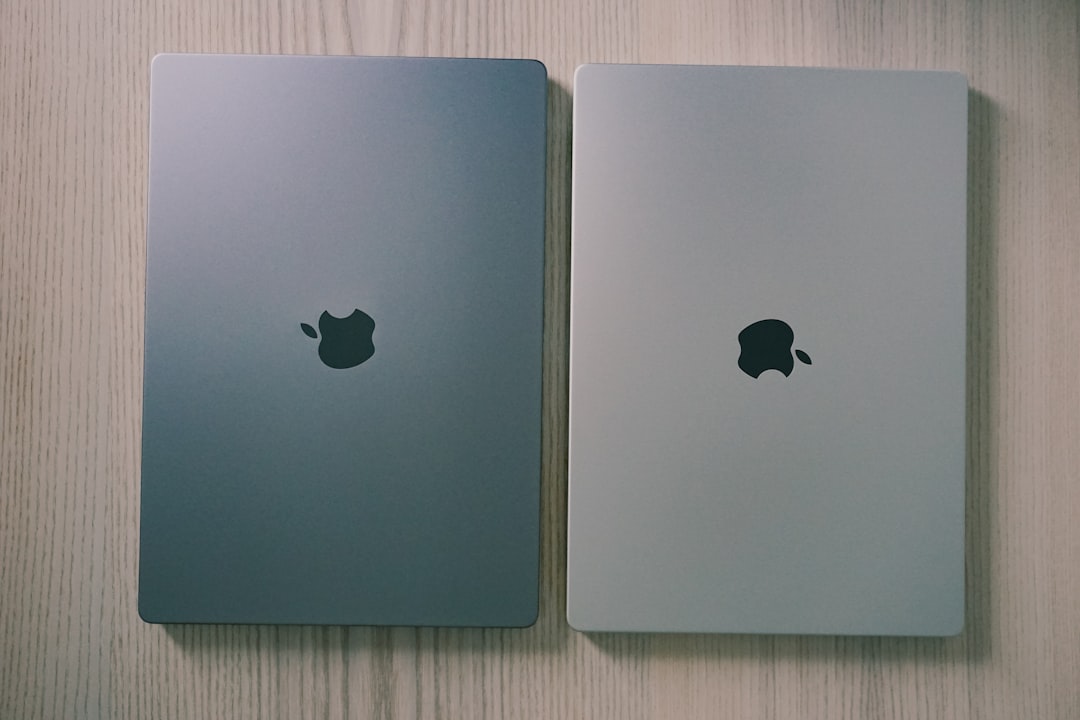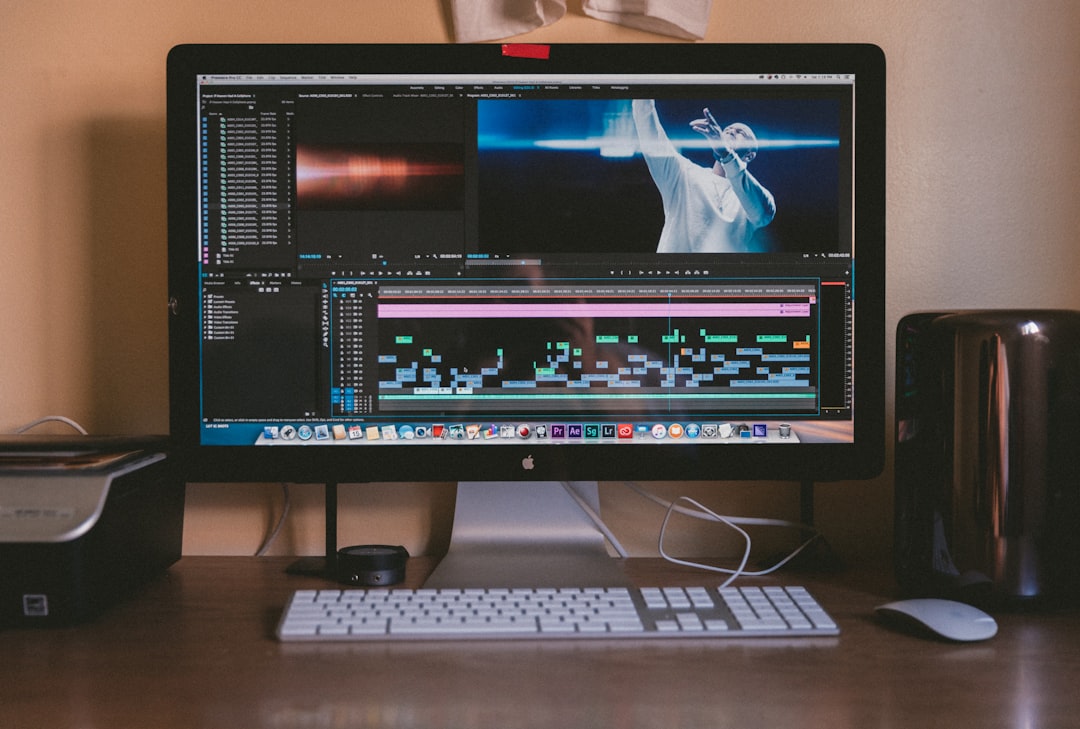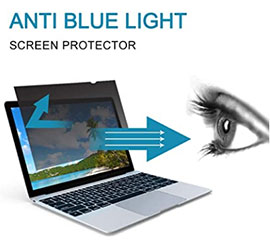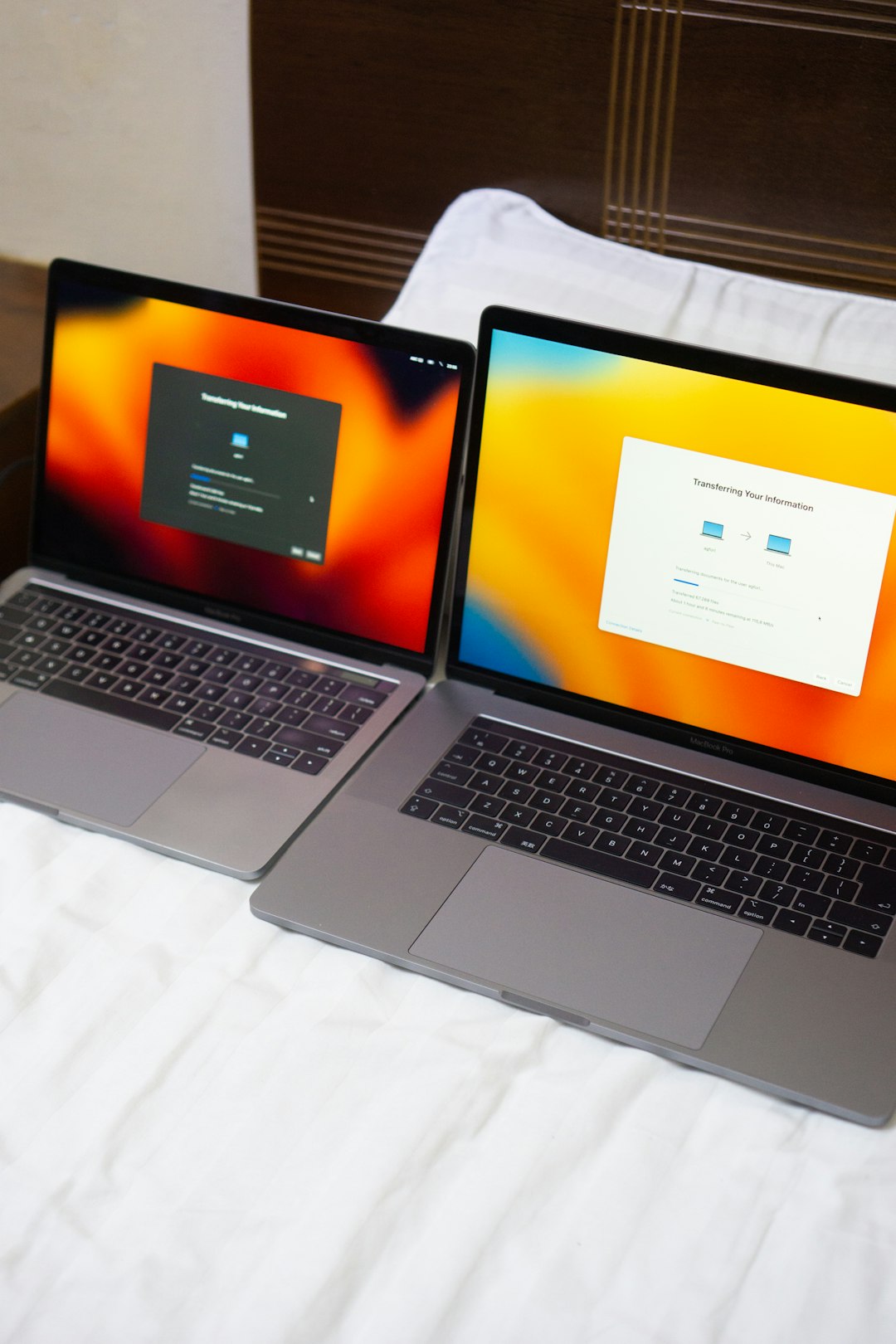In the ever-evolving world of laptop technology, display innovation remains at the forefront of consumer interest. Over the past few years, two remarkable technologies have emerged as top contenders in offering premium visual experiences: Mini-LED and OLED. Both represent impressive advances over traditional LCD technology, yet they differ fundamentally in how they produce and manage light. Choosing between the two can be challenging, especially when they each have distinct benefits and limitations. This article explores the differences, advantages, and ideal uses for Mini-LED and OLED displays in laptops to offer clarity for potential buyers and tech enthusiasts alike.
Table of Contents
Understanding the Basics: What Are Mini-LED and OLED?
Before diving into the pros and cons, it’s important to understand how Mini-LED and OLED displays work.
- Mini-LED: This technology is an enhancement of traditional LCDs. Mini-LED panels use thousands of tiny light-emitting diodes as a backlight behind the LCD panel. This allows for more precise local dimming zones compared to traditional backlights, resulting in better contrast and color vibrancy.
- OLED (Organic Light Emitting Diode): Unlike Mini-LED, OLED does not require a backlight. Each pixel is self-emissive, meaning it can individually turn on or off. This allows OLED screens to achieve perfect blacks, infinite contrast ratios, and quicker response times.
The core difference lies in how these technologies emit light, greatly influencing various aspects like brightness, color accuracy, power consumption, and display longevity.
Display Quality and Color Performance
OLED displays are often lauded for their stunning visual quality. Due to the individually lit pixels, OLED screens can achieve:
- True blacks
- High contrast ratios
- Vibrant and accurate colors
- Absence of light bleed
This makes OLED displays particularly appealing for media professionals and anyone who prioritizes visuals, such as photographers, video editors, and gamers.
Mini-LED displays, while superior to standard LCDs, cannot match OLED when it comes to contrast and black levels. However, they are still excellent at offering:
- High brightness (better than OLED in many cases)
- Good color reproduction
- Improved uniformity over edge-lit LCDs

Although both excel in color reproduction, OLED takes the edge in image sharpness and contrast depth, making it a more desirable choice for pure visual perfection.
Brightness and Outdoor Visibility
When it comes to brightness and viewing in well-lit or outdoor environments, Mini-LED generally performs better. Thanks to its power-efficient backlighting, Mini-LED laptops can achieve higher brightness levels—often exceeding 1,000 nits. This is ideal for:
- Working under direct light
- HDR content viewing
- Extended battery life in bright modes
OLED panels, although getting better over time, usually cap around 600–700 nits in typical laptop implementations. While sufficient for most indoor settings, they might struggle in sunlit environments.
Burn-in Concerns and Longevity
One of the major concerns with OLED panels is burn-in. This occurs when static elements—like interface icons or taskbars—leave a permanent ghost image on the screen. Though modern OLED technologies incorporate countermeasures (such as pixel shifting and automatic brightness adjustments), the risk remains higher than in Mini-LED panels.
Mini-LED, being a type of LCD, is immune to burn-in issues. This makes it a more reliable choice for those who use their laptops for extended hours doing office work, programming, or spreadsheet tasks with lots of on-screen repetition.
Power Consumption
Power efficiency differs noticeably between the two:
- OLED: Uses less power when displaying darker content, as individual pixels can be turned off. This is exceptionally useful for dark mode enthusiasts.
- Mini-LED: Generally consumes more power, especially when scenes are dark or muted in tone, because the backlight still runs continuously under the screen.
Hence, for users aiming to maximize battery life by using dark-themed applications or less intense visuals, OLED could provide a noticeable efficiency benefit.
Size Availability and Pricing
As it stands, Mini-LED is becoming more widely available in varied screen sizes, whereas OLED options are still relatively limited and often confined to high-end laptops.
In terms of cost:
- OLED laptops usually carry a premium price due to higher production costs and limited supply.
- Mini-LED can be less expensive depending on the model and configuration but still costs more than regular LCDs.
If budget is a concern and the primary focus is productivity over visuals, Mini-LED might offer better value for money.
Ideal Use Cases

Choosing between Mini-LED and OLED often boils down to the specific needs and usage patterns of the user. Here’s a brief rundown:
- Choose OLED if:
- You are a creative professional needing high color accuracy.
- You enjoy media consumption with the best visual quality.
- You often work in dim environments.
- Choose Mini-LED if:
- You require high brightness for outdoor or office settings.
- You fear OLED burn-in due to static content usage.
- You want strong performance with fewer longevity concerns.
Looking Ahead: The Future of Display Tech
Both OLED and Mini-LED represent a step forward in laptop display technology. Manufacturers are pushing boundaries with hybrid options such as microLED and quantum-dot OLED, which promise to combine the best of both worlds in the coming years. But for now, the decision between OLED and Mini-LED remains rooted in individual priorities—be it display quality, durability, or cost efficiency.

FAQ: Mini-LED vs OLED for Laptops
- Q: Which display lasts longer, Mini-LED or OLED?
A: Generally, Mini-LED lasts longer over extended usage due to its immunity to burn-in. - Q: Is OLED better for gaming?
A: Yes, thanks to faster response times, higher contrast, and more immersive visuals. However, keep in mind the burn-in risks with static UI elements. - Q: Are Mini-LED laptops cheaper than OLED laptops?
A: Typically, yes. While both are more expensive than traditional LCDs, Mini-LED models can be more budget-friendly compared to OLED options. - Q: Can I use a Mini-LED laptop for photo editing?
A: Absolutely. Mini-LED provides good color reproduction and brightness, making it suitable for most editing tasks, though OLED might offer better contrast. - Q: Will OLED burn-in affect daily laptop usage?
A: For most users, modern OLED laptops have effective software mitigation. But for those doing repetitive tasks for long hours, there’s still a slight risk.
Ultimately, both Mini-LED and OLED offer advanced display technologies suitable for different needs. Understanding their strengths and potential limitations can guide users in making the right choice for their next laptop purchase.




